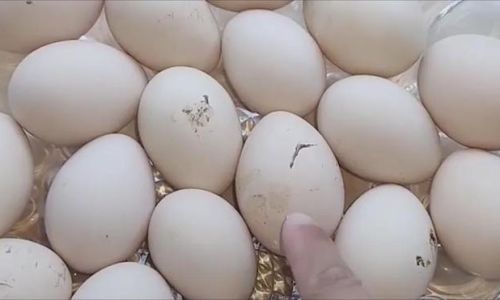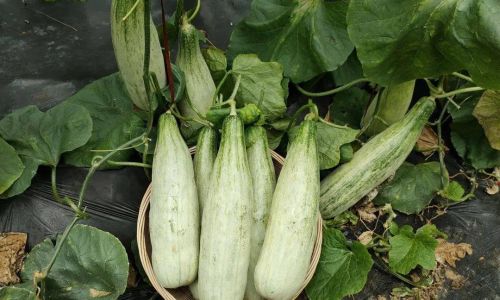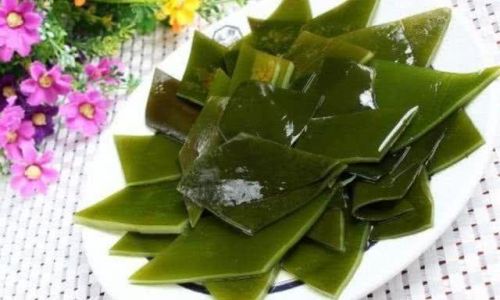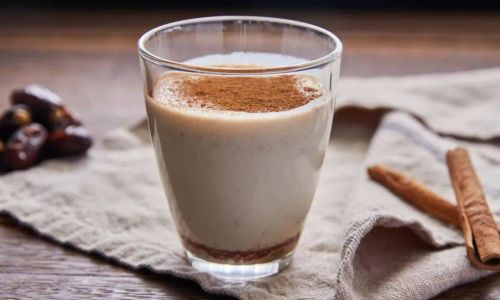Table of content
Introduction
Chicken is a staple in many households worldwide, known for its versatility, nutritional value, and delicious flavor. Whether you’re preparing it for a family dinner, a week’s worth of meals, or simply stocking up during a sale, ensuring that your fresh chicken stays fresh is crucial. Improper storage can lead to spoilage, foodborne illnesses, and a waste of money. In this comprehensive guide, we’ll explore various methods for preserving fresh chicken to maintain its quality, texture, and taste for as long as possible.
Understanding Fresh Chicken
Before diving into preservation techniques, it’s essential to understand what constitutes “fresh chicken.” Fresh chicken typically refers to poultry that has been recently slaughtered, processed, and packaged under hygienic conditions, often with minimal or no added preservatives. It should have a clean, slightly pinkish hue with firm, elastic flesh and a mild, slightly sweet aroma.
Signs of Freshness
- Color: Fresh chicken meat should have a pinkish hue with white fat. Dark spots or discoloration can indicate spoilage.
- Texture: The flesh should be firm and spring back when pressed. Soft, slimy, or sticky textures are signs of decomposition.
- Smell: Fresh chicken has a mild, almost sweet scent. Strong, ammonia-like, or sour odors indicate that the chicken is no longer fresh.
Potential Risks of Improper Storage
- Foodborne Illnesses: Bacteria such as Salmonella and Campylobacter can thrive on improperly stored chicken, leading to severe gastrointestinal issues.
- Spoilage: Oxygen, temperature fluctuations, and time can cause chicken to spoil, resulting in a loss of nutrients, flavor, and texture.
- Waste: Improper storage often leads to discarding perfectly edible chicken, contributing to food waste.
Storage Techniques for Fresh Chicken
Maintaining the freshness of chicken involves a combination of proper handling, packaging, and storage conditions. Here are several effective methods:

Refrigeration
Refrigeration is the most common and effective way to preserve fresh chicken for short-term use.
- Temperature Control: Keep your refrigerator set to a temperature of 40°F (4°C) or below. This slows the growth of bacteria that cause spoilage and foodborne illnesses.
- Prompt Storage: As soon as you get home from the store, place the chicken in the refrigerator. Avoid leaving it out on the counter, even for brief periods.
- Proper Packaging: If the chicken is not already packaged in airtight containers, transfer it to one. Remove any packaging that may trap moisture and promote bacterial growth. Consider using plastic wrap or vacuum sealing for an extra layer of protection.
- Placement: Store chicken on the bottom shelf of the refrigerator, preferably in a container or on a plate to catch any potential drips. This prevents cross-contamination with other foods.
Freezing
For longer-term storage, freezing is the gold standard.
- Preparation: Before freezing, wrap the chicken tightly in plastic wrap or aluminum foil, or place it in a freezer-safe, airtight container. Label the package with the date to keep track of how long it’s been frozen.
- Freezer Temperature: Ensure your freezer is set to 0°F (-18°C) or below. This temperature effectively halts bacterial growth and preserves the chicken’s quality.
- Portioning: For easier thawing and use, consider portioning the chicken into smaller, manageable pieces or meals before freezing.
- Duration: Fresh chicken can be safely frozen for up to one year, though its quality may gradually decline over time.
Marinating
Marinating not only adds flavor but can also help preserve chicken, especially if done with acidic ingredients like vinegar, lemon juice, or wine.

- Ingredients: Choose marinades with acidic components to help inhibit bacterial growth. Avoid marinades with high sugar content, which can promote spoilage.
- Duration: Marinate chicken in the refrigerator for no longer than 2 hours at room temperature or up to 2 days in the refrigerator. Over-marinating can toughen the meat.
- Storage: Once marinated, cook the chicken immediately or return it to the refrigerator or freezer for later use.
Vacuum Sealing
Vacuum sealing removes oxygen, creating an anaerobic environment that slows bacterial growth and extends the shelf life of chicken.
- Equipment: Invest in a good-quality vacuum sealer and bags designed for food preservation.
- Process: Place the chicken in the bag, remove as much air as possible using the vacuum sealer, and seal tightly.
- Storage: Vacuum-sealed chicken can be refrigerated for up to 2 weeks or frozen for several months.
Canning
While less common for chicken, canning can be an effective preservation method if done correctly.
- Pressure Canning: Use a pressure canner, not a water bath canner, for low-acid foods like chicken. This ensures a higher temperature is reached to kill bacteria.
- Recipes: Follow tested canning recipes specifically designed for chicken to ensure safety and quality.
- Storage: Canned chicken should be stored in a cool, dark place and used within a year for optimal quality.
Drying (Jerky)
Making chicken jerky is a unique preservation method that transforms the meat into a shelf-stable snack.

- Marination: Use a marinade with high acidity and low moisture to inhibit bacterial growth.
- Dehydration: Use a food dehydrator or oven set to a very low temperature (around 160°F or 70°C) to dry the chicken until it’s leathery and slightly tacky.
- Storage: Store dried chicken jerky in an airtight container in a cool, dry place. It can last for several months but should be consumed within a year for best quality.
Thawing and Handling Thawed Chicken
Proper thawing is crucial to maintaining the quality and safety of frozen chicken.
- Refrigerator Thawing: Place the frozen chicken in a container or on a plate to catch drips and thaw in the refrigerator. This can take several hours to a day, depending on the size of the chicken.
- Cold Water Thawing: Submerge the sealed, frozen chicken in a bowl of cold water, changing the water every 30 minutes to ensure it stays cold. This method is faster but requires more attention.
- Microwave Thawing: Use the defrost setting on your microwave, checking frequently to prevent partial cooking. Microwave thawing is not recommended for large pieces or whole chickens due to uneven heating.
Once thawed, chicken should be cooked immediately or returned to the refrigerator for no longer than 24 hours. Never refreeze thawed chicken, as this can promote bacterial growth.
Conclusion
Preserving fresh chicken for optimal freshness involves a combination of proper handling, packaging, and storage conditions. Refrigeration and freezing are the most common and effective methods for short- and long-term preservation, respectively. Marinating, vacuum sealing, canning, and drying offer additional options tailored to specific needs and preferences.

Remember, the key to successful preservation is maintaining a cold, clean environment that inhibits bacterial growth. Always handle chicken with care to prevent cross-contamination and cook it thoroughly to ensure safety. By following these guidelines, you can enjoy fresh, delicious chicken for weeks, months, or even longer.
In summary, preserving fresh chicken is a straightforward process that requires attention to detail and adherence to best practices. By understanding the principles of food preservation and applying them correctly, you can ensure that your chicken stays fresh, safe, and ready to be enjoyed in a variety of delicious dishes. Happy cooking!






0 comments